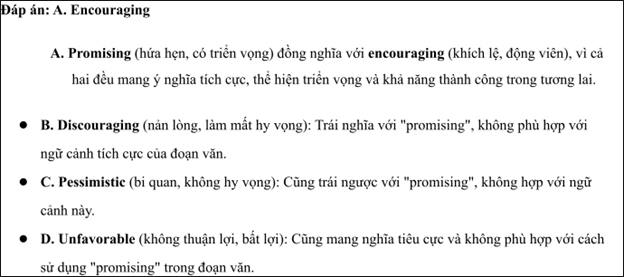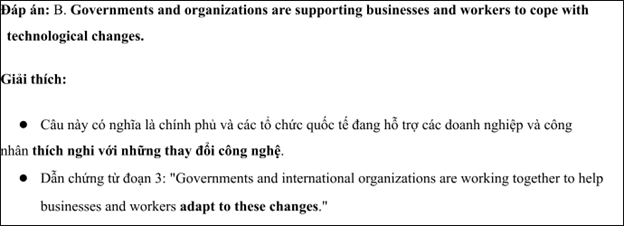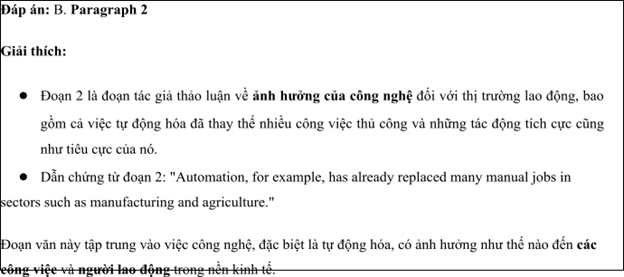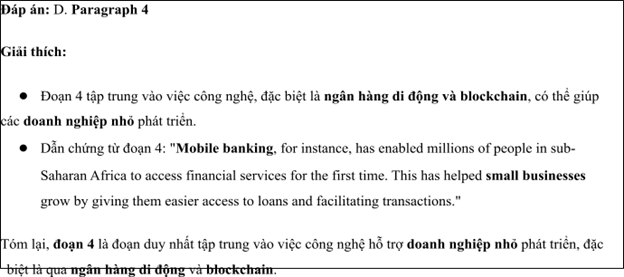The rapid advancement of technology has significantly influenced global economies over the past few decades. Technologies such as artificial intelligence (AI), automation, and data analytics are transforming industries and opening new opportunities for growth. However, while larger economies are rapidly adopting these technologies, there are concerns about how developing countries will adapt. According to a report by the World Economic Forum, the adoption of AI could add $$15.7 trillion to the global economy by 2030. But, many small businesses in developing regions may face challenges in keeping up with these innovations.
In fact, technology has already led to substantial shifts in the job market. Automation, for example, has already replaced many manual jobs in sectors such as manufacturing and agriculture. While this has led to efficiency gains, it has also resulted in job losses. The fear is that many low-skilled workers will be left behind as businesses transition to more automated operations. On the other hand, technology also creates new jobs, especially in fields like software development, data science, and digital marketing.
Governments and international organizations are working together to help businesses and workers adapt to these changes. Some countries have established digital infrastructure to support businesses in rural areas, enabling them to connect with global markets. Furthermore, education and training programs are being developed to help workers acquire skills that align with the demands of the modern economy.
One promising example is the use of mobile technology in Africa, which has transformed various sectors. Mobile banking, for instance, has enabled millions of people in sub-Saharan Africa to access financial services for the first time. This has helped small businesses grow by giving them easier access to loans and facilitating transactions. Similarly, blockchain technology is revolutionizing supply chain management by making it more transparent and efficient.
In conclusion, while technology has brought both challenges and opportunities, it is clear that its role in economic development will only continue to grow. For countries that embrace these changes, technology could be a key driver of economic prosperity in the future.
(Adapted from the asean news)
Câu 23: Which of the following is NOT mentioned as a technology influencing the global economy?
A. Artificial intelligence B. Blockchain
C. Mobile technology D. Nuclear power
Câu 24: The word "substantial" in paragraph 2 is OPPOSITE in meaning to
A. minor B. critical C. essential D. minimal
Câu 25: The word "them" in paragraph 3 refers to
A. businesses B. workers C. businesses and workers D. governments
Câu 26: The word "promising" in paragraph 4 could be best replaced by
A. Encouraging B. Discouraging C. Pessimistic D. Unfavorable
Câu 27: Which of the following best paraphrases the underlined sentence "Governments and international organizations are working together to help businesses and workers adapt to these changes" in paragraph 3?
A. Governments and organizations are trying to stop the development of new technologies.
B. Governments and organizations are supporting businesses and workers to cope with technological changes.
C. Governments are working on banning new technologies to protect workers.
D. Governments are looking for ways to prevent businesses from using technology.
Câu 28: Which of the following is TRUE according to the passage?
A. Technology will not affect economies in developing countries.
B. Automation has resulted in job creation, not job losses.
C. Mobile banking has helped millions of people in sub-Saharan Africa.
D. Digital infrastructure is not important for business growth.
Câu 29: In which paragraph does the writer discuss the impact of technology on the job market?
A. Paragraph 1 B. Paragraph 2 C. Paragraph 3 D. Paragraph 4
Câu 30: In which paragraph does the writer explore the role of technology in small business growth?
A. Paragraph 1 B. Paragraph 2 C. Paragraph 3 D. Paragraph 4
Second Semester Midterm Exam GRADE 12 Test 11







